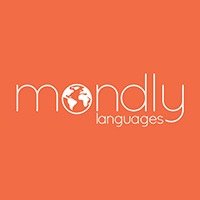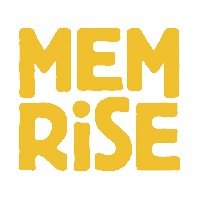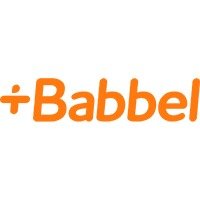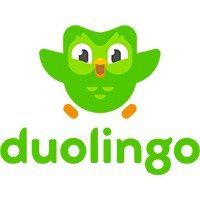Language Learning Apps
Learning a foreign language has always been viewed as somewhat difficult. With traditional methods like attending years of classes out of reach of just about everybody that isn’t in school, people have tried to learn using a lot of different techniques over the years.
From paperback books to today’s modern language learning apps, the way we learn new words and phrases has changed quite a bit. Keep reading to trace a little bit of that history from the beginning and learn more about the best language learning apps on the market today.

Traveler’s Guides and Paperback Books of the Past
Think back to the days before computers and imagine what learning a language must have been like. Sure, we had classes with an instructor and those were quite effective. They were also very time-consuming. That’s where traveler’s guides with key phrases and paperback books designed to help you learn a language in steps came in.
As recorded music become more popular, so did language learning systems on records, cassettes, and CDs. For many years, these methods were considered the best way to learn if you weren’t going to sit in a classroom with a teacher.
The Early Days of Foreign Language Learning and Translation Software
Like language learning systems, translation tools have come a long way. In the 1990s, these systems were somewhat rudimentary. A lot of people who used these back in the day might even tell you that they were comical in how wrong they were some of the time.
This technology, which usually functioned more like software that you download to your computer than a modern translation website, was clunky because it was new. It did lead to vast improvements in foreign language learning, translation software, and the good language learning apps we have today.
Along Came Google. . .
The rise of the internet and its accessibility changed translation almost immediately. With Google, you could translate a single word, phrase, or a whole document on a web page almost instantly. New algorithms and translation software were also better at understanding your intended meaning and translating it correctly.
Today’s modern language learning apps and translation services are better for sure, but the web-based solutions of the 2000s were a huge leap forward.
Speech to Text Came Next
Translation technology took a big step with the growth of the internet. Next, speech to text would revolutionize the way we can translate words, phrases, and documents.
Today, you can read text into a Bluetooth microphone and have it played back to you in another language in a matter of seconds. You can even communicate with somebody speaking a different language using an app on your phone!
Speech-to-text software plays a major role in many of today’s best language learning apps, allowing users to talk and hear back the words and phrases they say correctly. These features are especially important for users looking to communicate with others fluently while they’re traveling.
The Language Learning Apps of Today
Trying to learn a new language with a pile of paperback books and a dozen cassettes doesn’t sound so good today, does it? The good news is that modern language learning apps don’t require much more than an internet connection. Some allow you to download programs directly to your phone, tablet, or computer so you can use them when you don’t even have that!
Built around truly incredibly speech-to-text technology and tried-and-true learning tools, today’s modern apps are also quite cost-effective compared to some of the more expensive programs of yesteryear. What you can get today for less than $200 through top apps would generally cost you much more in the past.
Perhaps most important, these apps allow you to learn from anywhere on your schedule. Many are customizable, allowing you to change the settings and move at your own pace. That will help you learn any language at a speed that’s appropriate to you.
Designed for casual users, academics, and business users, modern apps come in a wide variety of different styles. Some have a game-like feel, while others take a traditional flashcard approach for beginners. More complex apps combine many tools with speech recognition software to deliver everything you might need to learn a new language.
Available in a range of price points, free apps and more expensive versions are readily available. For most users, there’s no going back to the paperbacks or CDs of yore when it’s time to learn a new language. Today, all you really need is your phone!
Looking to learn a new language app and brush up on your vocabulary? Maybe you want to learn a new language altogether? Check out our reviews of top language learning apps online today. You’ll be able to find the best app to learn a new language based on your needs and learning style.
Advertising Disclosure: This post may contain promotional links. Watch the Review may be compensated if you use these links.







